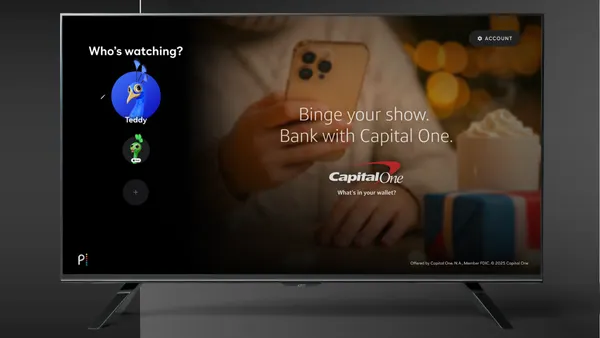Dive Brief:
- Amazon has scuttled plans for a "skinny bundle" TV service, according to a report in Reuters citing unnamed sources familiar with the matter. The sources told Reuters that Amazon had difficulty in convincing broadcast and cable networks to split with their old business models, ultimately leading it to back away from the project. Amazon declined to provide comment to the news outlet.
- Concerns around profitability were also cited by the sources. Beyond these factors, the development suggests Amazon believes the skinny bundle model isn't necessarily the direction TV is heading, though it could try launching a similar package further down the line and is continuing to invest in its a la carte Amazon Channels service for members of Amazon Prime, which now includes over 140 networks, per Reuters.
- Amazon rolling out a skinny bundle would've competed with offerings from Google's YouTube, which introduced YouTube TV earlier this year, along with DirecTV and Dish Network. The Amazon Prime Video service is also a key component of the company's $99 yearly Prime membership program. Prime members can already add premium cable channels like HBO, Starz, Showtime, Cinemax and others to their package via Amazon Channels.
Dive Insight:
Amazon Prime Video, along with other over-the-top streaming services like Netflix, has helped lead the trend of cord-cutting, where viewers — young viewers, in particular — are ditching traditional TV subscription models altogether in favor of digital alternatives. Skinny bundles from traditional players like DirecTV and Dish Network seemed to have emerged as a response to this, letting users pay less by only picking the specific channels they want to watch as opposed to dropping a lot of money for a package that includes many networks they don't care about.
Amazon abandoning its plans for a similar offering is interesting but underscores the quickly-growing strength of Prime Video. This year, Amazon won the rights to stream 10 NFL Thursday Night Football games on Amazon Prime, reportedly seeking up to $2.8 million for ad packages around the live broadcasts. Potentially lucrative deals like this, combined with the success of Amazon Channels, mean that a standalone skinny bundle service might've been redundant on top of the profitability issues cited by Reuters.
Some of Amazon's competitors in the digital video space also beat it to actually launching skinny bundle options for users. YouTube TV, which rolled out in February, quickly expanded to be available in half of all U.S. households as of August, per Variety. If YouTube TV is widely adopted and proves to be a success in the long run, Amazon might regret abandoning its own plans. Google has started to aggressively market YouTube TV, including through live commercials that aired during the World Series last month.












